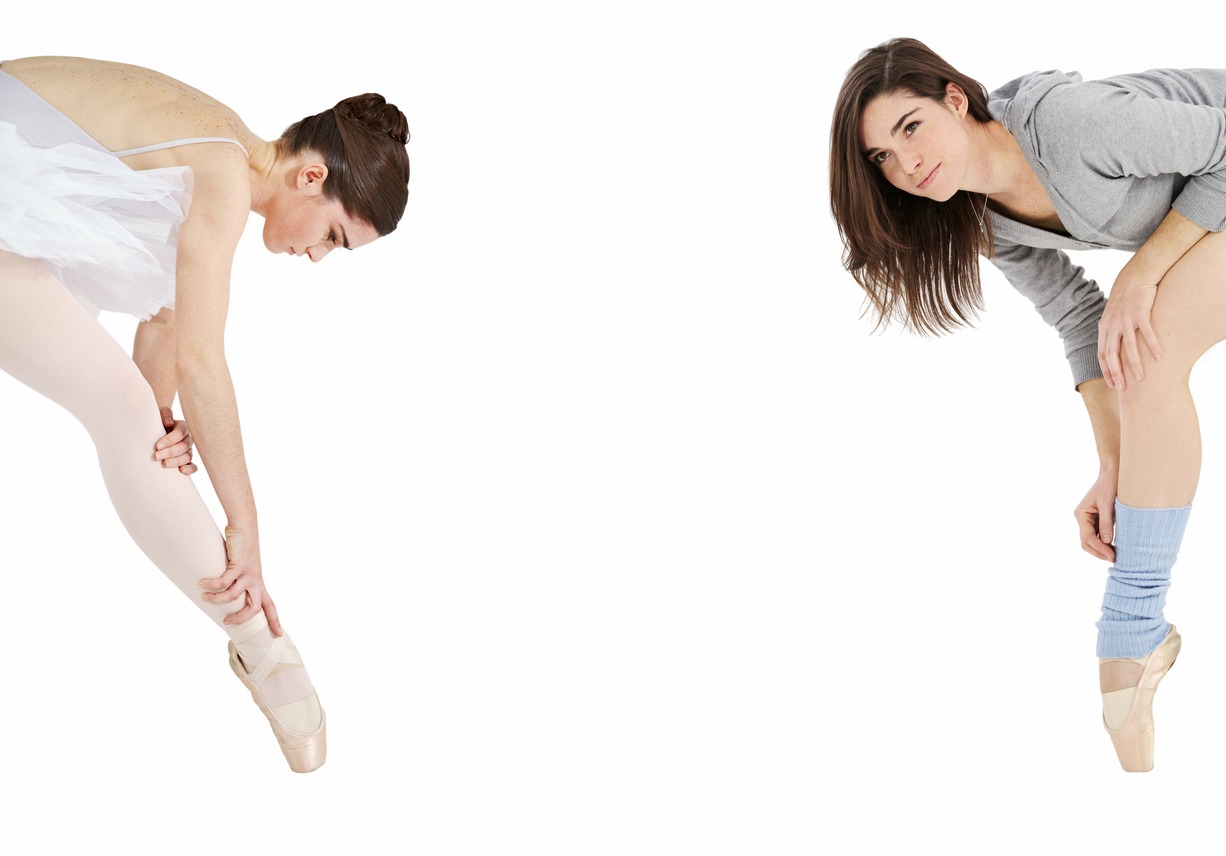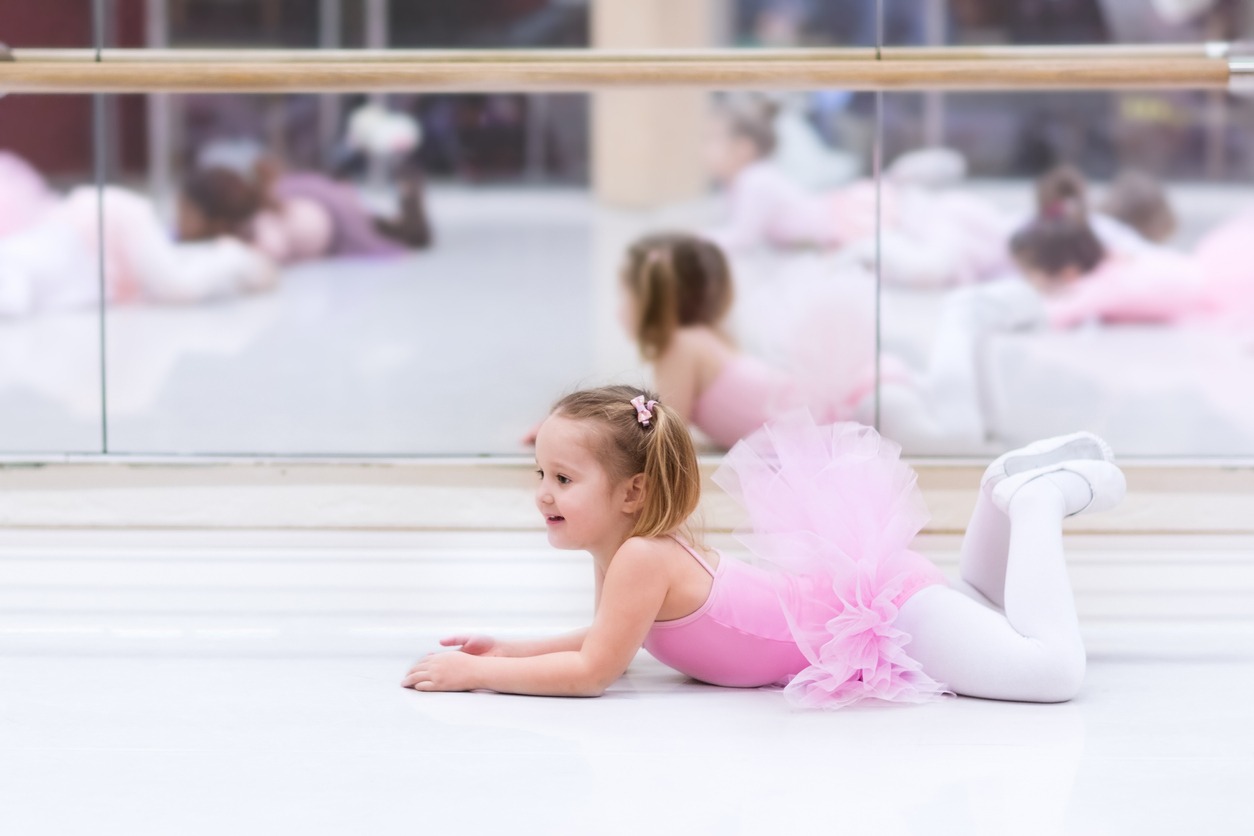Childhood is the best time in life to introduce new activities and explore natural talents. We are almost adaptable and malleable in youth, a time of great learning. for parents interested in getting their children started in dance, there is no time like the present. But what is the best dance to teach kids? Where should they start? According to the experts at Bodythings Dancewear, there are several excellent options for young people eager to give dance a try.
Ballet
Ballet is one of the most popular choices for children starting dance. In fact, you have probably seen children in elementary school or throughout your neighborhood headed off to classes in their telltale dancewear. This classical form of dance became popular in 19th century Europe and maintains its popularity today. Because ballet uses gracefully fluid steps and instills physical discipline, it is an excellent foundation for other forms of dance and even sports like football.
Tap
Tap dance has been popular since its advent in America during the 1800s. This form of movement involves rhythmic and fluid movements accented by noise-making metal plates on the bottom of the dancer’s shoes. In many ways, the tap dancer’s body becomes a musical instrument. Kids practicing these steps learn rhythm, stage presence and improvisation.
Jazz
Jazz dance is the physical expression of movement influenced by music of the same name. This highly energized style of dance incorporates big movements, such as leaps, turns and rapid footwork. But it also encourages individualization of popular movements and self-expression. Jazz lessons often accompany ballet classes as ballet helps create a foundation of movement and discipline for the more energized form of dance.
Hip-Hop Dance
Hip-hop dance has followed in the literal footsteps of jazz dancers, in that both forms of movement stem from music of the same names. Hip-hop is characterized by street dance style, popping and translation of beats into unique physical movements.
Modern Dance
Modern dance sounds new but is actually a form developed in the 1900s as a rebellion against the discipline of classical ballet. Unlike ballet, modern dance encourages newly developed free movements that express emotion. As far as dancewear goes, the modern style usually incorporates close-fitting attire like traditional ballet leotards and variations of this sleek form. But dancers usually perform in bare feet or pliable footwear designed to enable them to grip the floor.
Lyrical Dance
Lyrical dance brings elements of ballet and jazz together in performance to lyrical song. Although the movements are not as fast as jazz, they are quicker in time than ballet. Themes for compositions typically include love, anger and other strong emotions with many leaps, broad arm movements and turns.
Ballroom
Ballroom dance is highly traditional. However, there is a resurgence in popularity of this style, much thanks to the competitive ballroom dance circuit for children. Dances learned typically include the waltz, quickstep, tango and foxtrot, among others. It is also popular for young dancers because it involves repeated patterns consisting of easy steps. Be sure to check out ballroom shoes as well.
Latin Dance
Originating in Latin America, this form of dance fuses social and ballroom dance steps. Movements incorporate use of the whole body while emphasizing the hips. Although it sounds like a limited genre, there are hundreds of related dance styles to learn with variations from one Latin geography to the next.
Swing
Energetic children often enjoy swing dance, a type of movement characterized by swinging, as its name implies. Like ballroom and much of Latin dance, this genre involves partners working as couples across the dance floor in step with highly energized music. The form also involves use of flips and throwing partners much in the style of the World War II era.


